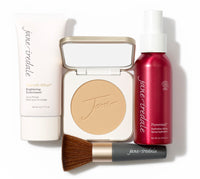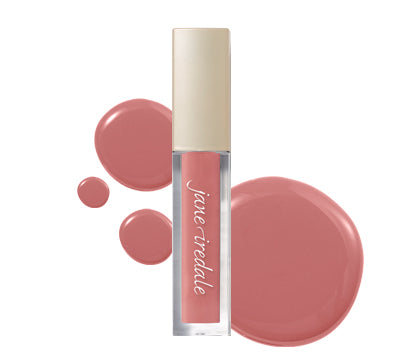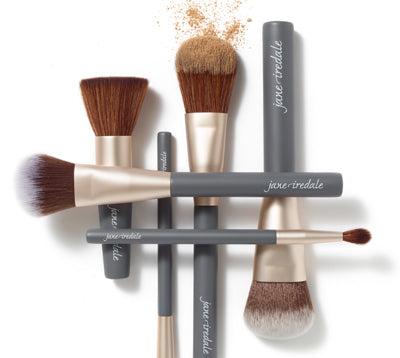Makeup Blog
The Meaning of Red
- 3 min read
As usual, I’m busily searching for all things red for the holidays. (I bet red poinsettias massively out-sell white ones!) And it got me thinking. What is it about red? Why do we always associate it with the holidays? Why through history has royalty walked on red carpets? Why is it the ceremonial color for so many civilizations right back to the Ancient Egyptians and Mayans? Why is it the color of danger and passion? And why does it give us such a lift – red lipstick, ripe strawberries, autumn leaves? I didn’t know, so I thought I’d find out. Red in all its variety, hues and subtleties has a rich history in every sense of the word. Check out all of our red lipstick options.
The History of Red Pigment
Red is the color at the very end of the visible spectrum of light right next to orange. We know that it was one of the first colors in prehistoric art. That red pigment came from ochre. The deadly vermilion pigment made from cinnabar, the ore of mercury, came next. Madder plant roots create a more benign red pigment. Kermes and carmine followed, both brilliant reds made from female scale insects. They were widely used in pottery, architecture and nobility's clothing. In the 19th century came synthetic red dyes. After that, most of the natural dyes… died out. Carmine is still used today, but some people are allergic to it. If you want or need to avoid animal by-products, then it’s a problem.
The History of Red Pigment
Red is the color at the very end of the visible spectrum of light right next to orange. We know that it was one of the first colors in prehistoric art. That red pigment came from ochre. The deadly vermilion pigment made from cinnabar, the ore of mercury, came next. Madder plant roots create a more benign red pigment. Kermes and carmine followed, both brilliant reds made from female scale insects. They were widely used in pottery, architecture and nobility's clothing. In the 19th century came synthetic red dyes. After that, most of the natural dyes… died out. Carmine is still used today, but some people are allergic to it. If you want or need to avoid animal by-products, then it’s a problem.Chelsea began her beauty journey in 2010 as a fashion and beauty freelancer at Ladies’ Home Journal magazine. There she had the chance to test and review hundreds of products while quickly falling for the benefits the clean makeup she tried. After leaving the magazine industry, she worked as a publicist for international fragrance and beauty brands until 2016 when she landed at jane iredale. Here, she has discovered liquid eyeliner doesn’t have to burn her eyes, foundation doesn’t have to feel heavy, and that the jane iredale Global Educators truly have the best beauty hacks. Since then, she’s shared her 10+ years of experience with you on The Good Glow Blog.








